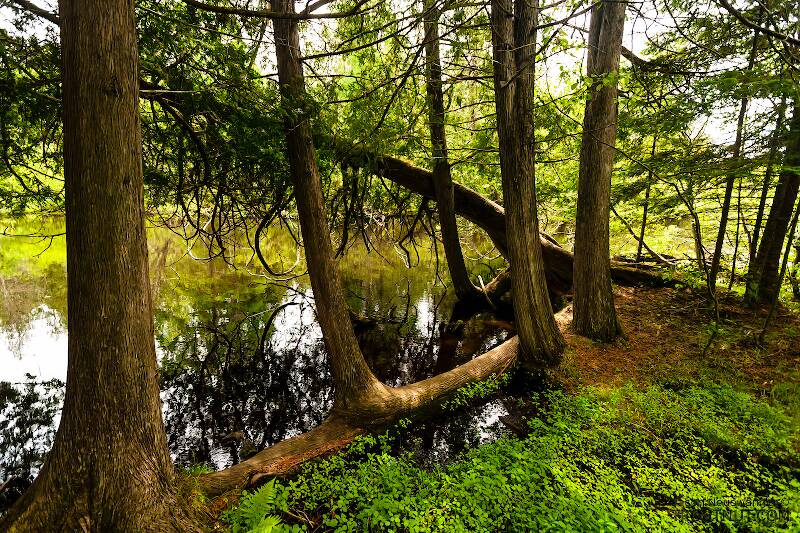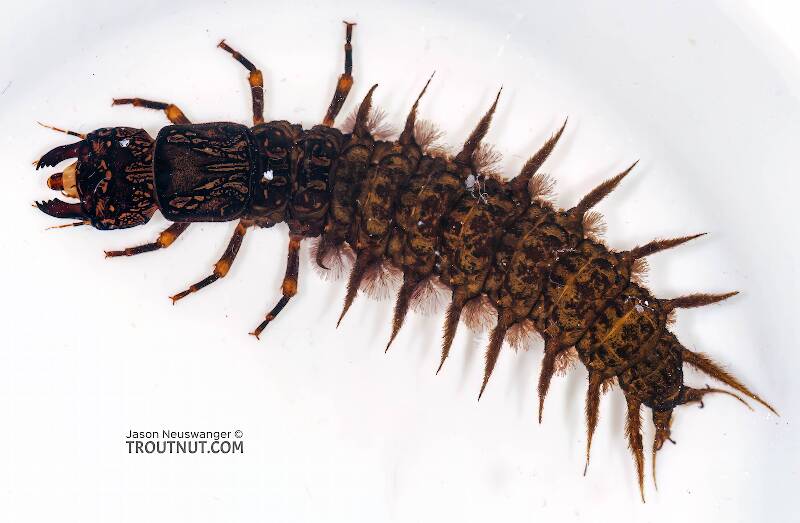
Blue-winged Olives
Baetis
Tiny Baetis mayflies are perhaps the most commonly encountered and imitated by anglers on all American trout streams due to their great abundance, widespread distribution, and trout-friendly emergence habits.
Featured on the forum


Troutnut is a project started in 2003 by salmonid ecologist Jason "Troutnut" Neuswanger to help anglers and
fly tyers unabashedly embrace the entomological side of the sport. Learn more about Troutnut or
support the project for an enhanced experience here.
Dobsonflies
Dobsonflies and their predatory larvae, the hellgrammites, are among the largest trout stream insects. They are best known as a good excuse for the rigid imitationist to fish a wooly bugger.
Like most common names,"Dobsonfly" can refer to more than one taxon. They're previewed below, along with 1 specimen. For more detail click through to the scientific names.
Hellgrammite Genus Corydalus
These are pretty much always called Dobsonflies.
The largest and most well-known hellgrammites belong to this genus, although in my collecting experiences the fishflies of Nigronia seem to be more common in trout streams.
Hellgrammite Species Corydalus cornutus
These are very rarely called Dobsonflies.


